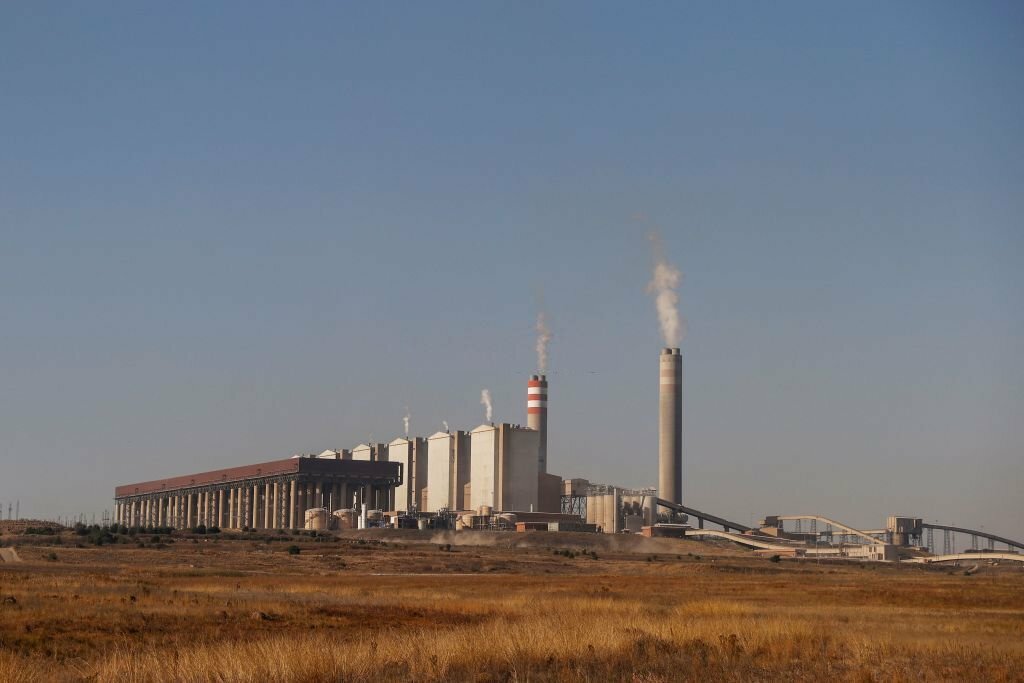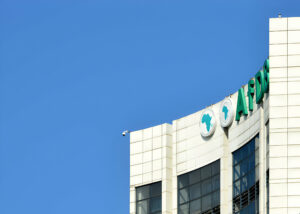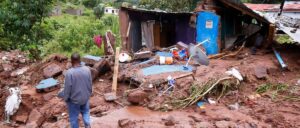Johannesburg – The recent announcement of the reactivation of unit one at the Kusile Power Station has been received with optimism by many. However, energy specialists caution that the facility remains vulnerable to potential malfunctions.
Eskom, the national power utility, highlighted this week the significant strides made in curbing load shedding, particularly noting the revival of Kusile’s unit one, which had been dormant for a year.
A mechanical glitch led to the shutdown of three units at the power station in the previous October. Kgosientsho Ramokgopa, the Electricity Minister, has now shared plans for the reactivation of four units at Kusile by year’s end. Currently, units one, three, and four are operational, and projections suggest unit five will follow suit by the close of the year.
This development implies a notable enhancement in the power station’s generation capacity, which in turn has led to a decrease in the frequency and severity of power outages.
Kusile’s design capacity stands at a minimum of 4,800 megawatts. With units one and three each contributing 800 megawatts to the national grid, the station’s output is significant.
Yet, experts in the energy sector have voiced concerns about the plant’s reliability.
“The plant can break down relatively easily, unfortunately,” remarked Professor Hartmut Winkler, an energy analyst from the University of Johannesburg. “It’s been roughly a year since Kusile lost half its capacity due to an unforeseen flue duct collapse. Even though Kusile and Medupi are relatively new and shouldn’t frequently malfunction, they were constructed with notable design shortcomings. While some issues have been addressed, other unforeseen complications might arise.”
Winkler also pointed out the challenges with older power plants, which, despite once being reliable, are now more prone to breakdowns due to wear and tear.
Lungile Mashele, another energy expert, echoed these sentiments.
“The inconsistency in plant performance is Eskom’s current major hurdle,” Mashele stated. “There’s a fluctuation of 4000MW, which isn’t ideal. Eskom must identify and address the root causes of these breakdowns.”
However, Mashele also acknowledged the positive impact of the reactivated units at Kusile.
“Each Kusile unit has a net output of 720MW. With two units now operational, that’s an additional 1440MW, leading to a reduction in load shedding,” Mashele explained. “While we can anticipate fewer power outages, it doesn’t signify the end of load shedding. Various factors, like seasonal changes and breakdowns, affect the supply deficit. Kusile’s role is crucial, especially during peak evening demand.”
Mashele further projected that the situation might improve with the reactivation of the remaining Kusile unit and Medupi’s unit four by April 2024, coupled with ongoing maintenance efforts.
BREAKING NEWS | @Eskom_SA – Kusile Power Station Unit 1 is now on load
"We welcome the return to service of Kusile Unit 1, ahead of schedule. The return of unit 1 continues to strengthen the stability of generation performance & adds 800MW into the grid." Dr @Kgosientsho_R pic.twitter.com/tLLmNVfczT
— South African Government (@GovernmentZA) October 16, 2023
In recent times, South Africans have enjoyed fewer power interruptions. Mashele attributes this to several factors, including Kusile’s reactivation, efficient diesel usage, improved plant performance, and enhanced maintenance, suggesting better project management and budgeting.
Winkler emphasized the significance of Kusile’s three units’ return.
“Three of Kusile’s six units are now operational. One more is under repair, while the last two await commissioning,” Winkler noted. “This addition of 2400 MW to Eskom’s capacity is equivalent to 2-3 stages of load shedding. The timely repairs also mean a more reliable electricity supply this summer. However, the repair work on some units is a temporary solution, leading to increased emissions. These units will eventually require more extensive repairs.”
Despite these advancements, Winkler believes South Africans will still face load shedding due to system constraints and necessary maintenance on other units. Eskom’s own projections, even considering Kusile’s successful repairs, indicate a high likelihood of load shedding over the next year.
Winkler also underscored the importance of Kusile and its sister station, Medupi, in South Africa’s power supply, contributing nearly 20% of the nation’s electricity. The current power crisis, he suggests, is largely due to delays in these plants’ construction and the financial strain on Eskom from the escalated construction costs.
Winkler also highlighted other factors contributing to the recent reduction in load shedding, such as the onset of spring, increased solar power installations, and Eskom’s efforts to curb sabotage and ensure quality coal supply.
The overarching sentiment remains one of cautious optimism. While the return of Kusile’s units is a positive step, the broader challenges facing South Africa’s power infrastructure persist.














